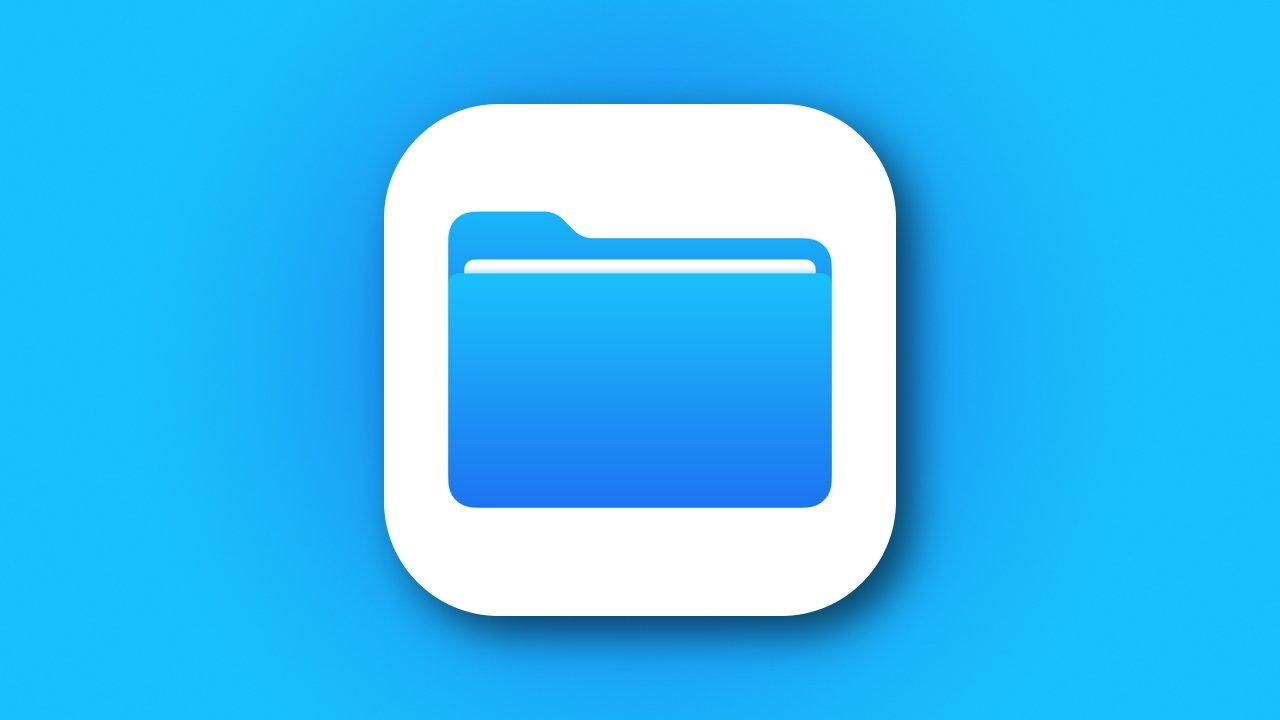In today’s digital age, managing storage efficiently on your iPad is crucial. One effective method to achieve this is by compressing folders, which not only helps in optimizing storage space but also simplifies file sharing and organization. This article delves into the benefits of file compression on the iPad and provides a comprehensive guide on how to compress and decompress folders using the native Files app.
Understanding File Compression on iPad
File compression involves reducing the size of files or folders by encoding their data more efficiently. On the iPad, this process is particularly beneficial for two primary reasons:
1. Storage Optimization: Compressing files can lead to a reduction in their size, thereby freeing up valuable storage space. However, it’s essential to note that the extent of size reduction depends on the file type. For instance, formats like JPEGs are already compressed, so further compression might not yield significant space savings.
2. Simplified File Management: Beyond saving space, compression allows users to bundle multiple files into a single archive. This bundling is especially useful when organizing files or sharing them, as it reduces the number of individual items to handle, making the process more streamlined.
How to Compress Folders on iPad Using the Files App
The Files app on the iPad offers a straightforward method to compress folders. Here’s a step-by-step guide:
1. Open the Files App: Launch the Files app from your iPad’s home screen.
2. Navigate to the Desired Folder: Use the Browse section to locate the folder you wish to compress.
3. Access the Contextual Menu: Press and hold the folder until a menu appears.
4. Select ‘Compress’: From the options presented, tap on ‘Compress.’ The iPad will then create a ZIP file of the selected folder in the same location.
Decompressing (Unzipping) Files on iPad
If you receive a compressed (ZIP) file or need to access the contents of a compressed folder, decompressing it is equally simple:
1. Locate the ZIP File: Open the Files app and navigate to the compressed file.
2. Extract the Contents: Tap on the ZIP file, and the iPad will automatically extract its contents into a new folder in the same location.
Additional Tips for Efficient File Management
While compressing and decompressing files are fundamental aspects of managing storage, here are some additional strategies to optimize your iPad’s storage:
– Regularly Review and Delete Unnecessary Files: Periodically go through your files and remove those that are no longer needed.
– Utilize Cloud Storage Services: Services like iCloud allow you to store files in the cloud, freeing up local storage on your device.
– Clear Cache and Temporary Files: Apps often store temporary data that can accumulate over time. Regularly clearing this data can help in maintaining optimal storage levels.
Conclusion
Compressing folders on your iPad is a practical approach to enhance storage efficiency and simplify file management. By leveraging the built-in capabilities of the Files app, users can easily compress and decompress files, leading to a more organized and efficient digital experience. Remember, while compression is a valuable tool, combining it with other storage management practices will yield the best results in maintaining your iPad’s performance and storage health.



